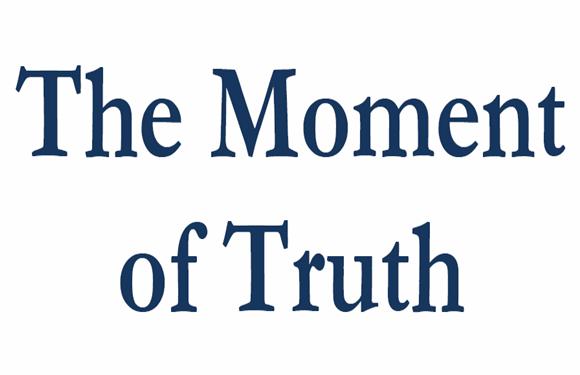U.S. Department of Commerce Economics and Statistics Administration U.S. CENSUS BUREAU
Sharing a Household: Household Composition and Economic Well-Being: 2007–2010
INTRODUCTION
This report analyzes and describes “household sharing,” a process by which people join or combine households. Data from the Annual Social and Economic Supplement of the Current Population Survey (CPS ASEC) were used to compare living arrangements, both prior to and following the most recent recession.2 Although reasons for
household sharing were not discernible from the CPS ASEC data, results from the current analysis suggest that
adults and families coped with challenging economic circumstances over the course of the recession by joining households or combining households with other individuals or families. This analysis shows that adults shared
households in greater numbers and in higher proportions in early 2010 than in early 2007. Poverty rates in 2007
and 2010 for adults in shared households were also examined. Estimates based on individual income suggest in shared households.
Shared Households Increased Between 2007 and 2010
This research defines a shared household as a household with at least one resident adult who is not enrolled in school and who is neither the householder, nor the spouse or cohabiting partner of the householder.4 In spring 2007, there were 19.7 million shared households. By spring 2010, the number of shared households had increased by 11.4 percent, while all households increased by only 1.3 percent (Table 1). In 2010, shared households accounted for 18.7 percent of all households, up from 17.0 percent in 2007.
FULL REPORT BELOW…
~
4closureFraud.org
~
Sharing a Household: Household Composition and Economic Well-Being: 2007–2010


No Comment